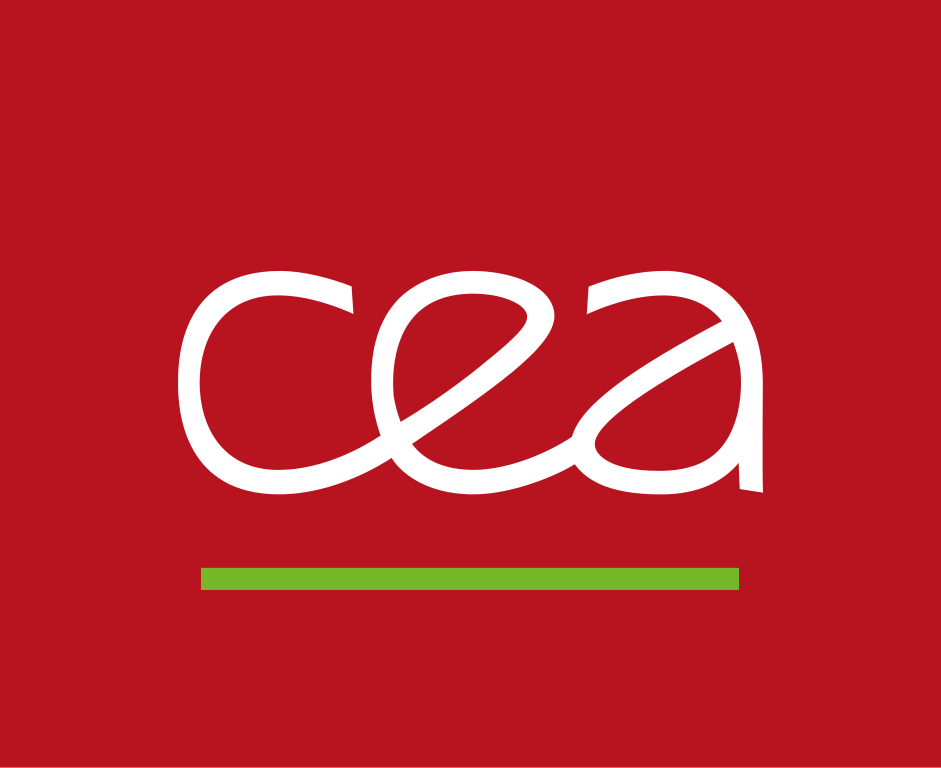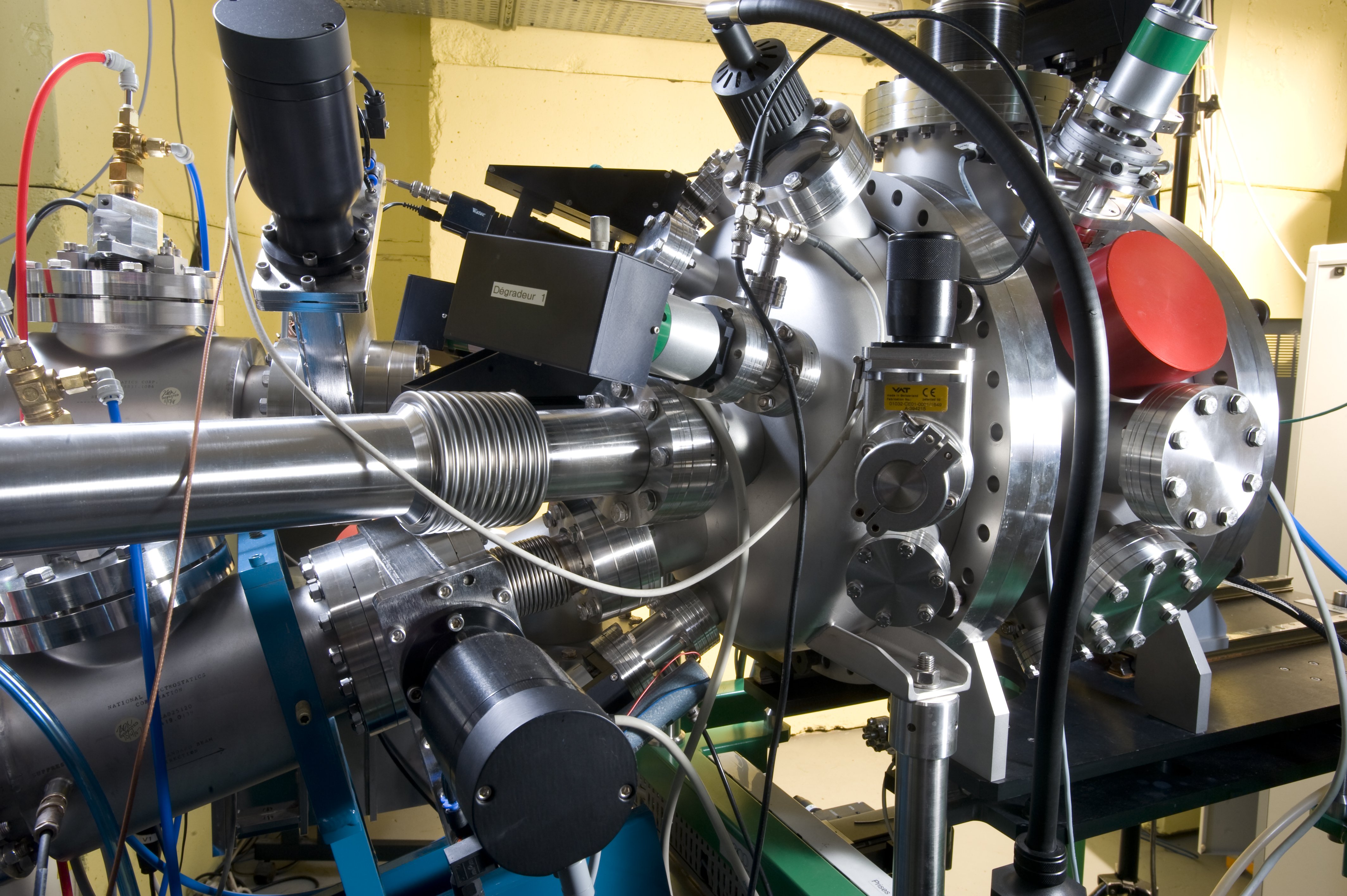1st CEA Webinar at NOMATEN: Multiscale approach to predict the mechanical properties of nuclear materials - application to irradiation effects
NOMATEN Webinar by CEA

March 10, 2021 (11.00-12.30 GMT+1)
join online https://gotomeet.me/ncbjmeetings/nomaten-seminar
Multiscale approach to predict the mechanical properties of nuclear materials
- application to irradiation effects
T. Jourdan, L. Dupuy and L. Gélébart
Abstract
Irradiation induces the formation of small point defect clusters in RPV steels. These clusters act as obstacles for the movement of dislocations and can therefore harden the material. It is of primary importance to be able to simulate quantitatively the cluster distributions in order to predict the mechanical properties of irradiated materials.
The formation of point defect clusters (dislocation loops, cavities) can be conveniently simulated by cluster dynamics. This method is based on a mean field formalism, which considers the concentration of point defect clusters in a homogeneous medium. Nucleation, growth and coarsening of clusters can be simulated in a seamless way. Cluster dynamics can be parametrized from ab initio calculations, which makes it predictive, at least for pure metals. The methodology of cluster dynamics will be described and a few applications will be discussed.
Relating the influence of these defects to mechanical properties then requires investing how they affect the behavior of dislocations, first at the individual level, then at the grain level where numerous dislocation-defects interactions take place. As part of this process, a multi-scale approach combining molecular dynamics and dislocation dynamics simulations is used to ensure its robutness.
Based on these simultations, hardening laws and plastic flow rules are then extracted and parameterized. At the scale of the polycrystal, it is no more possible to account for individual dislocations and physically-based continuous crystal plasticity laws are developed. 3D numerical simulations of polycrystals are then used to estimate the macroscopic behavior as well as local stress heterogeneities. Such simulations take advantage of the massively parallel code AMITEX_FFTP, which is also an efficient tool to explore the limits of conventional crystal plasticity.
Bio Notes
Thomas Jourdan holds a PhD in material science from University of Grenoble (2008). He is a researcher in the Section of Physical Metallurgy at CEA Saclay (Energy Division, Nuclear Materials Department), where he is in charge of the development of kinetic codes. In particular the code CRESCENDO has been developed in collaboration with EDF for more than 10 years. This code aims at simulating realistic microstructures under irradiation over experimental time scales. T. Jourdan has co-authored 40 publications. He was awarded the Jean Rist medal in 2016 from the Société Française de Métallurgie et de Matériaux.
Laurent Dupuy holds a PhD in material science from the University of Grenoble (2000). After two post-docs at Caltech and Lawrence Livermore National Laboratory, he joined the Section of Applied Metallurgy at CEA Saclay (Energy Division, Nuclear Materials Department) in 2006, where he is in charge of simulations of plasticity at the mesoscopic level. Along with collaborators at CNRS and INRIA, he has been developping the Dislocation Dynamics nodal code NUMODIS since 2007. The latter has been applied to investigate various phenomena on irradiated materials in close connection with in situ experiments or other type of simulations as part of a multiscale approach.
Lionel Gélébart holds a PhD in solid mechanics in 2002 from Ecole Polytechnique (2002), and was accredited to supervise phD in 2015. Co-author of 30 publications. Working at the Section of Applied Metallurgy at CEA Saclay (Energy Division, Nuclear Materials Department), his work focuses on the multi-scale characterization and simulation of the mechanical behavior of heterogeneous materials. Since 5 years, he develops an efficient and massively parallel code (AMITEX) devoted to the numerical simulation of heterogeneous unit-cells subjected to mechanical loadings. Involved in two European research projects, SOTERIA and M4F, both projects are taking advantage of the AMITEX code for the simulation of crystal plasticity.
copyright: CEA








